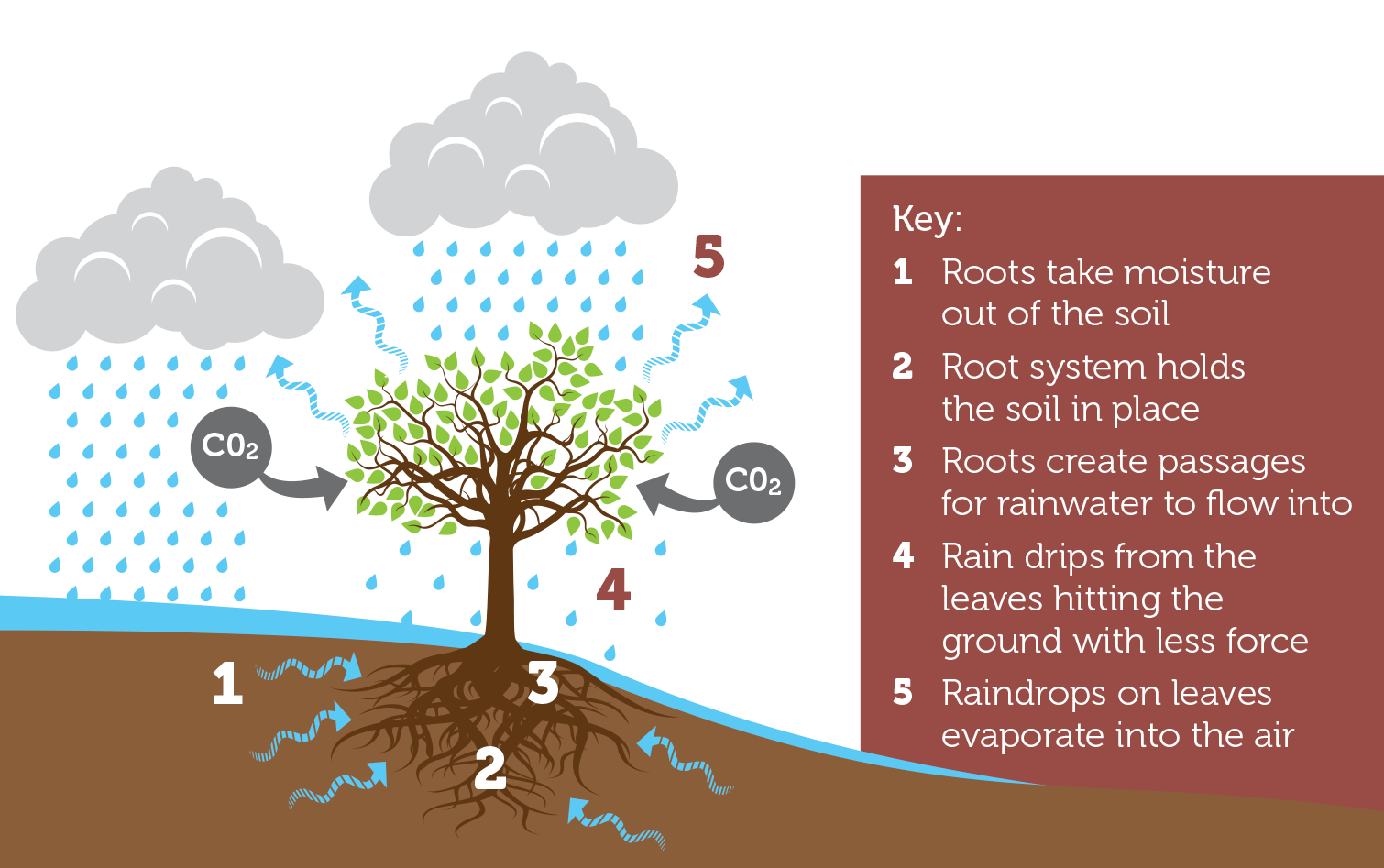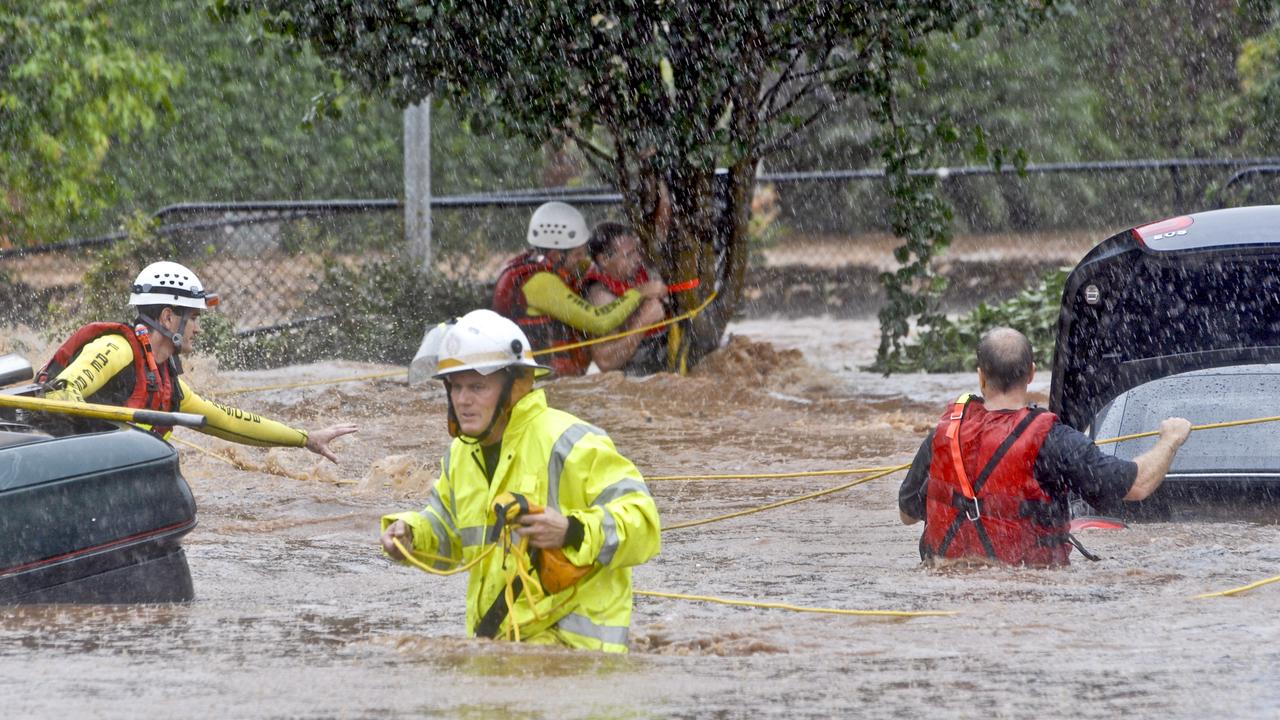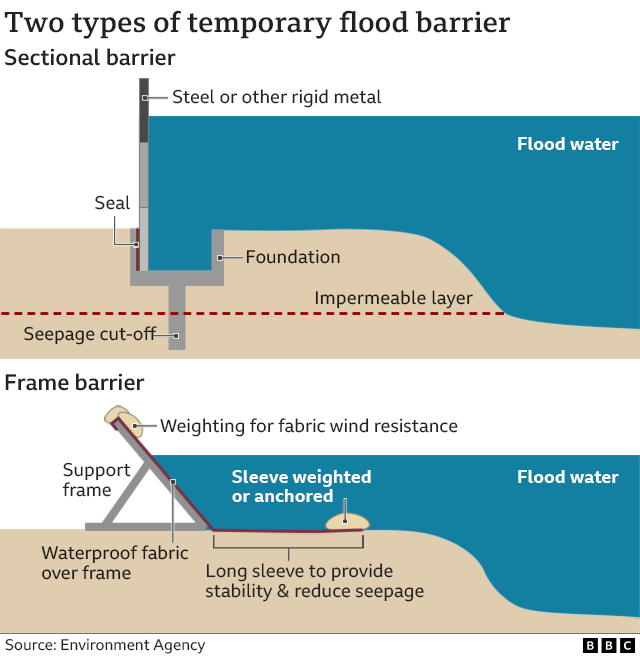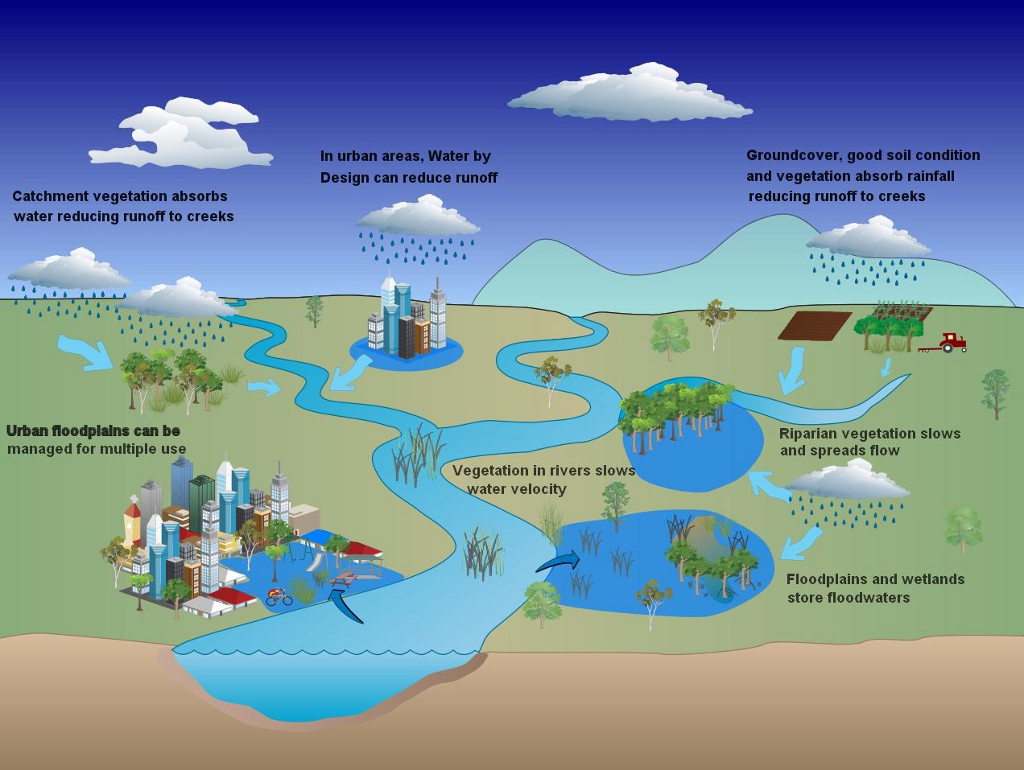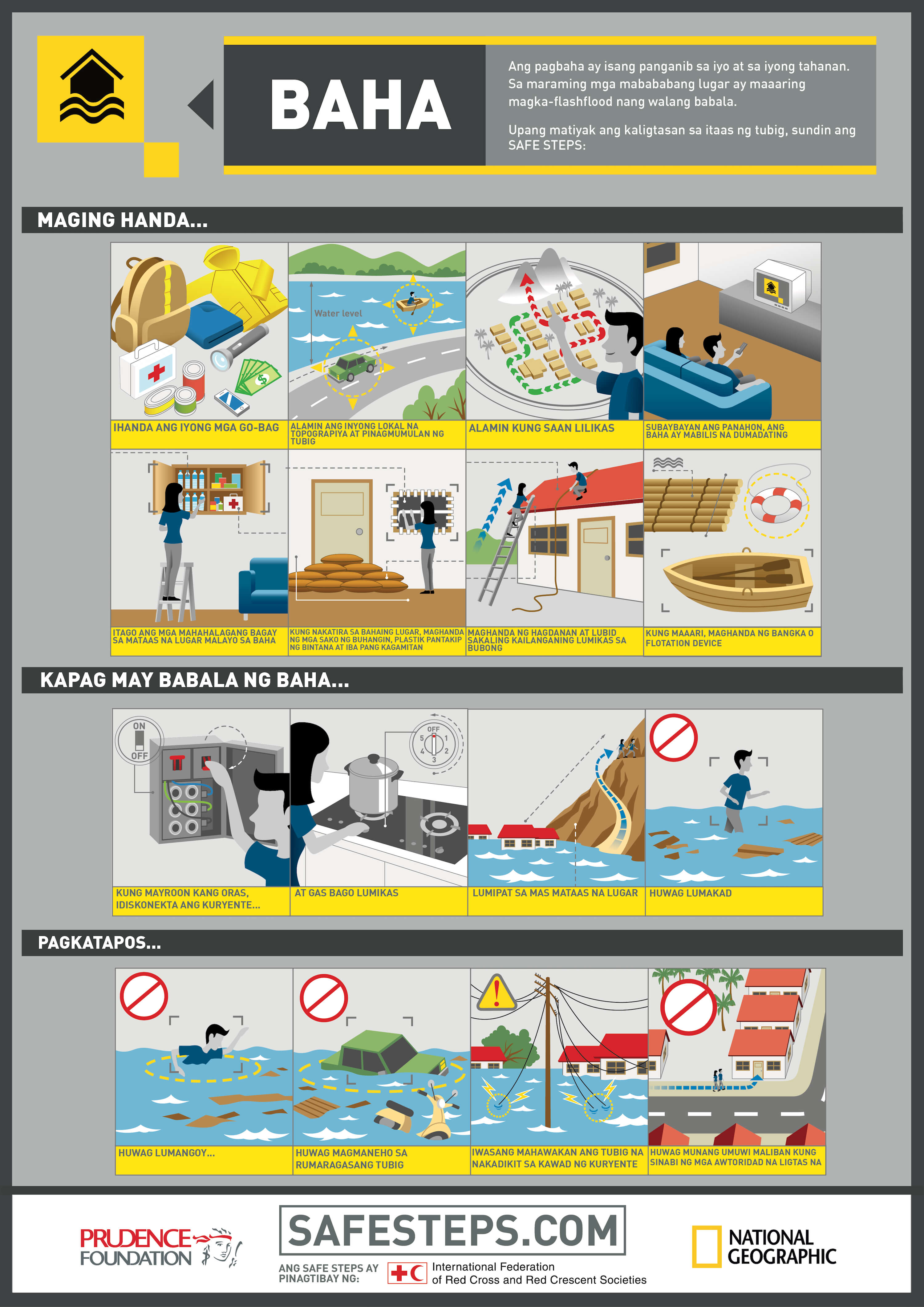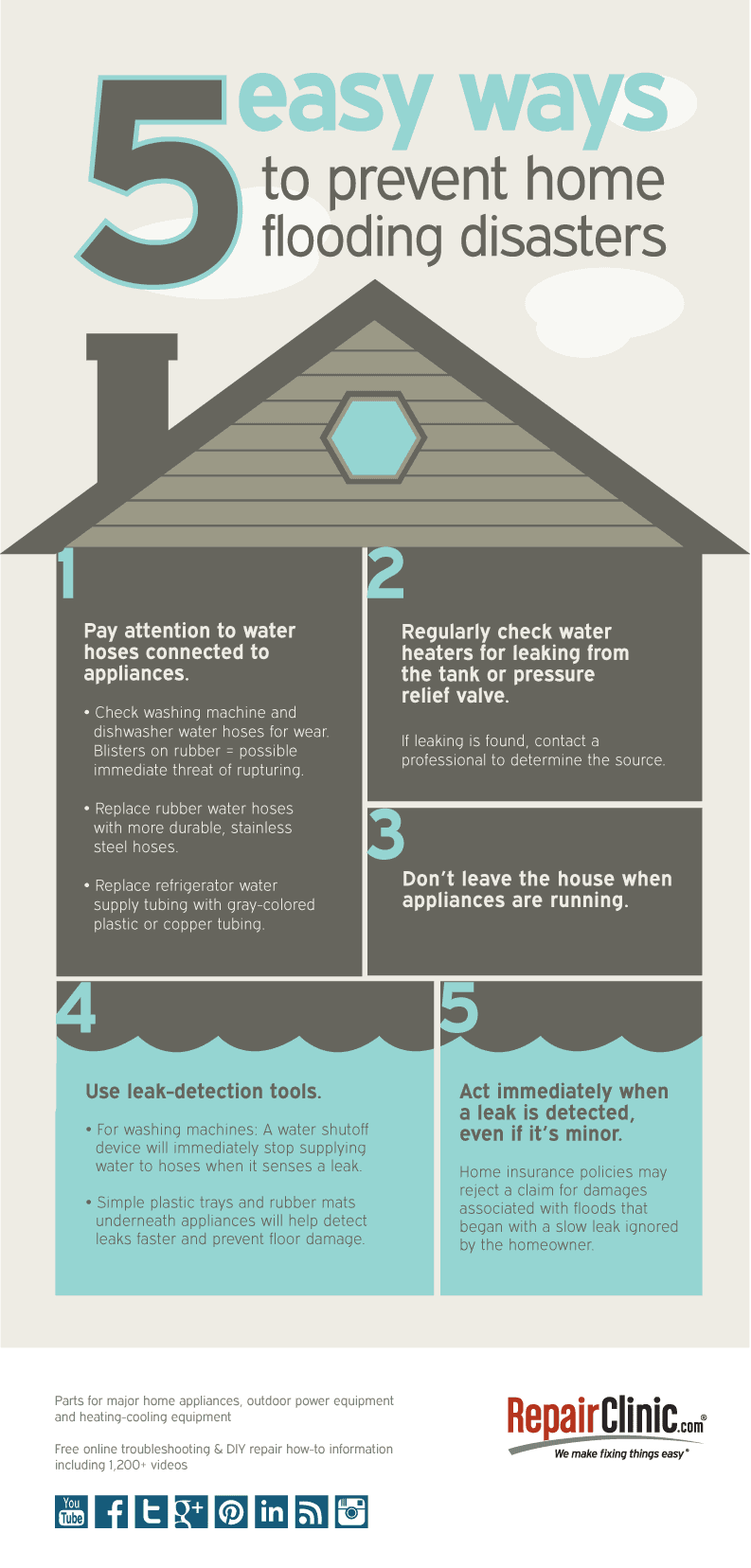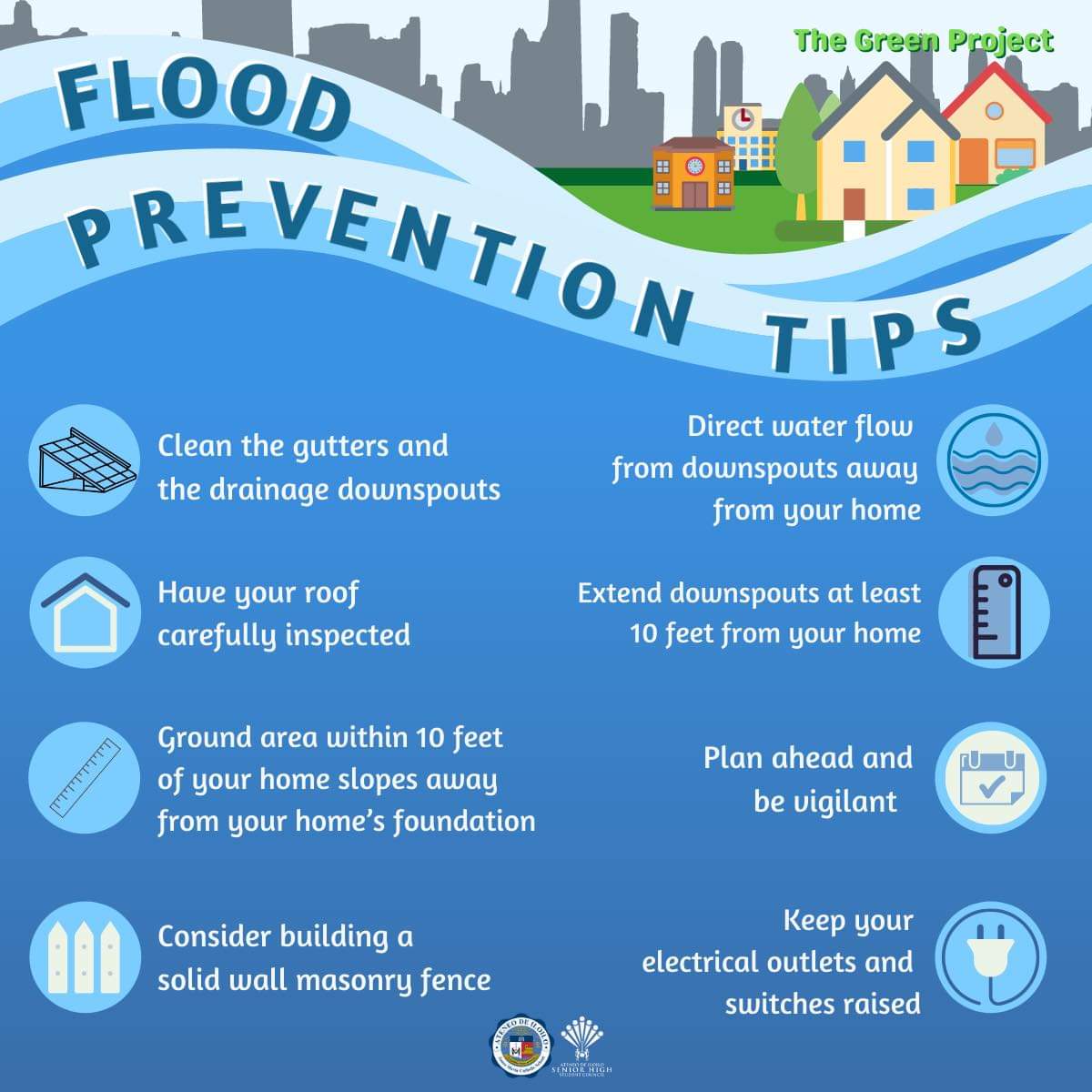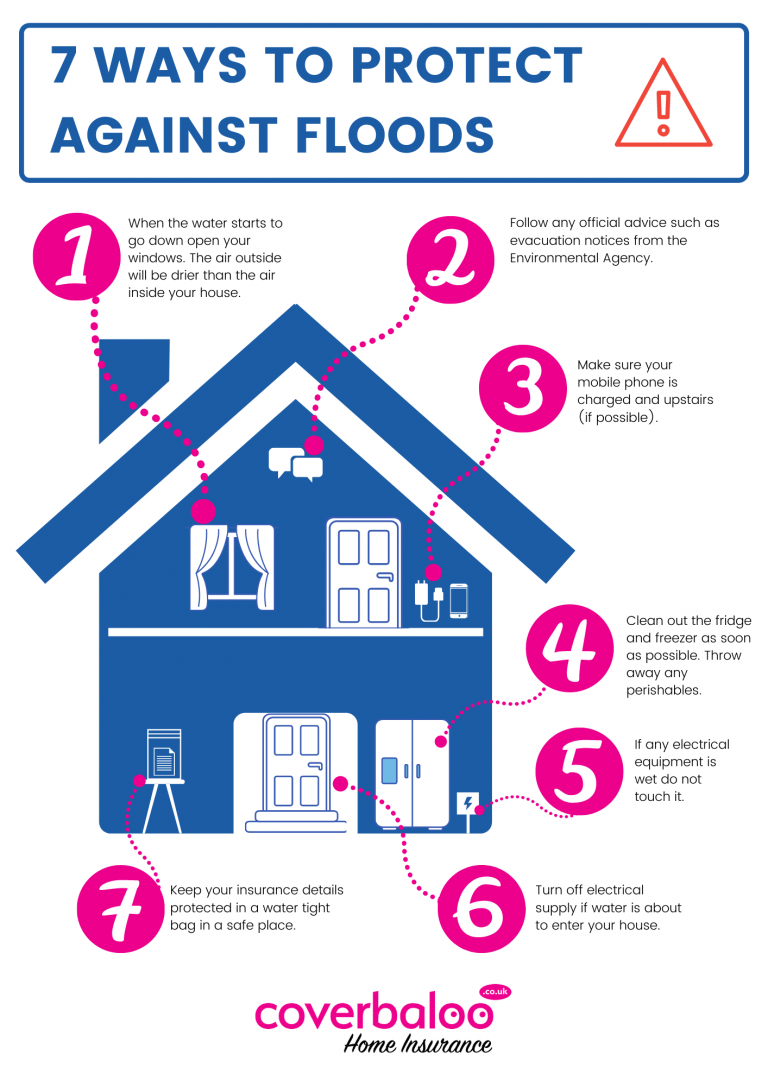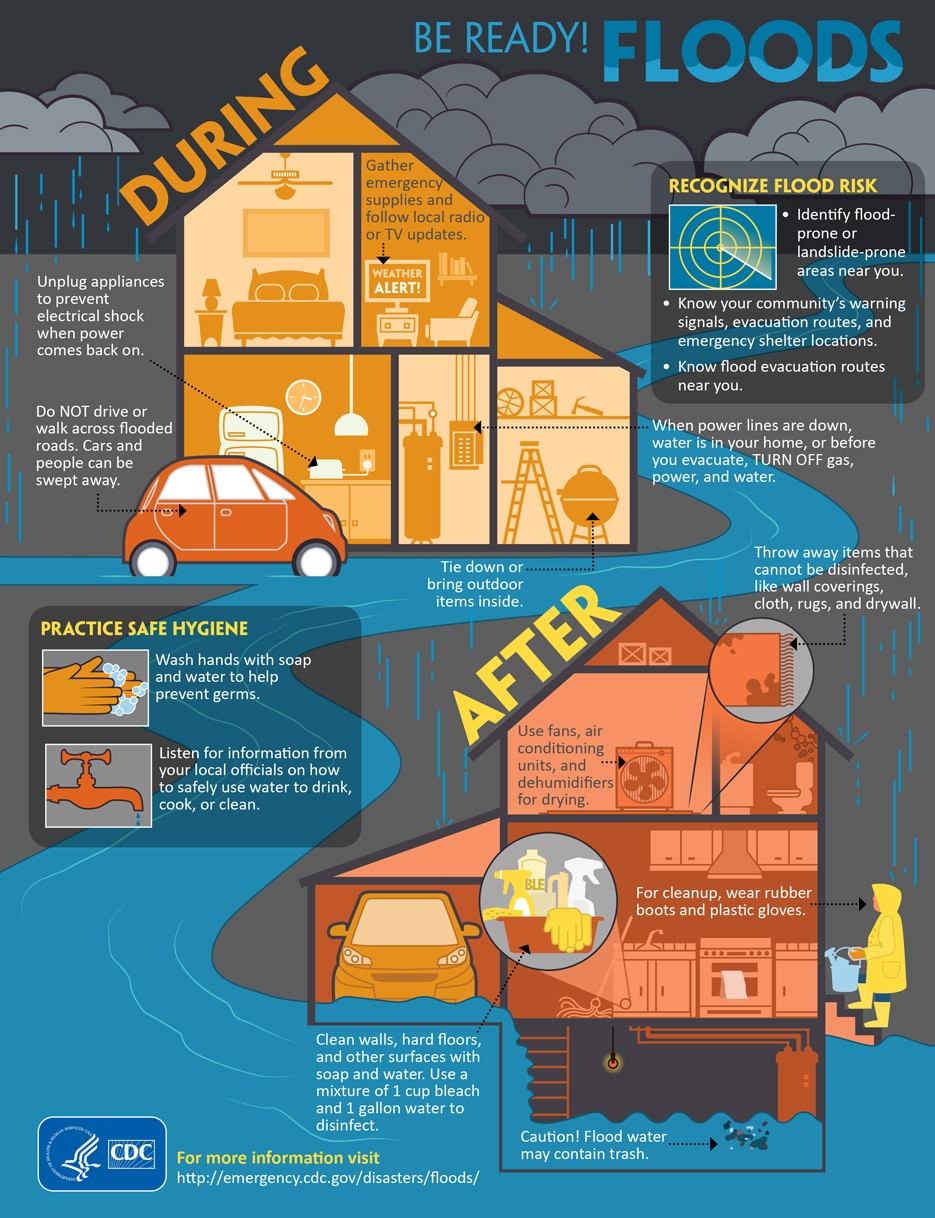Can’t-Miss Takeaways Of Tips About How To Reduce Floods
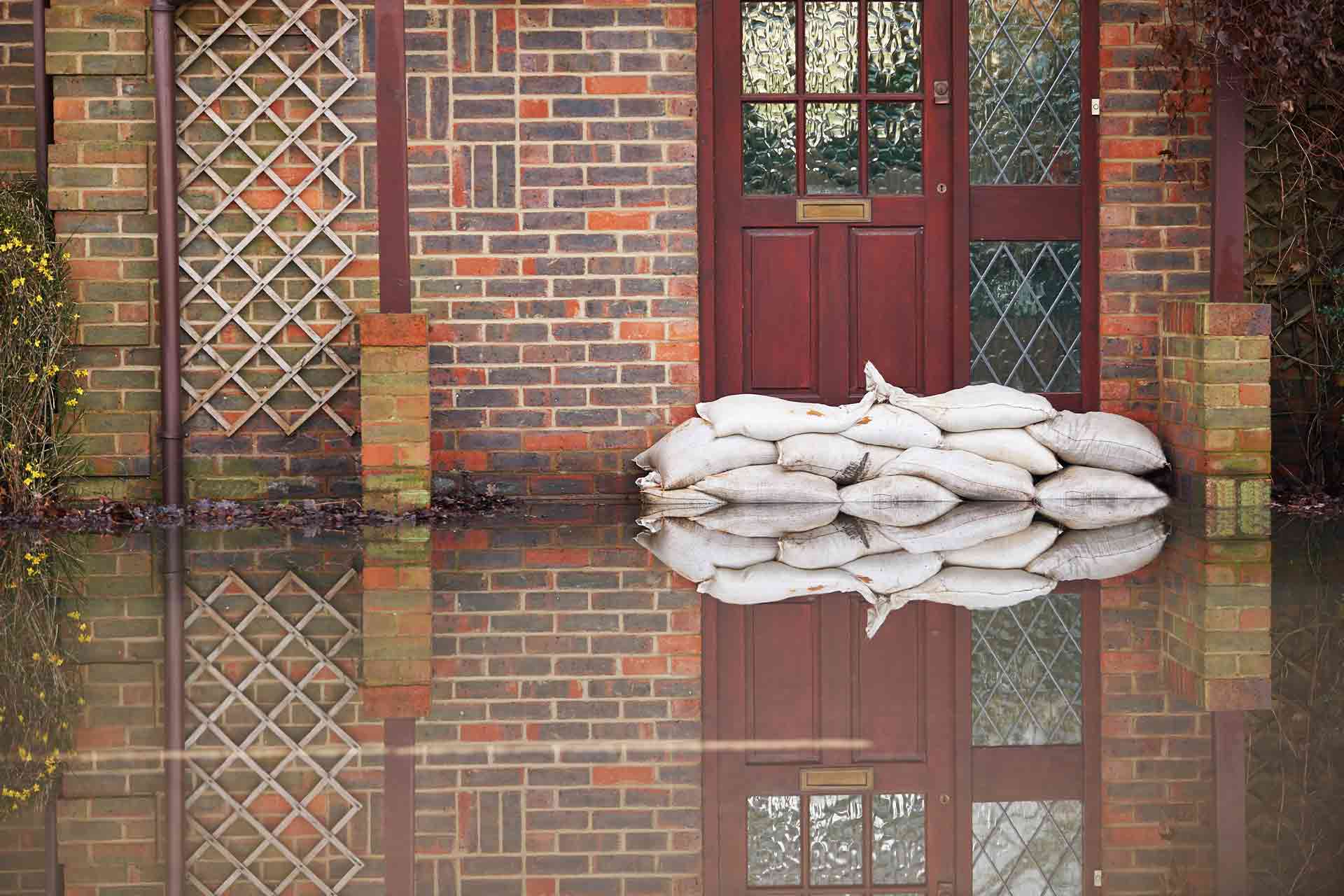
There are usually lots of people, businesses and houses located in flood prone areas which increases the destruction suffered.
How to reduce floods. When a flood is imminent have an emergency plan and practice survival skills, like first aid and how to disinfect water. Never drive through flooded areas. The experts at buildworld have also highlighted 8 ways to reduce the impact of flooding on your home:
Effective adaptation to rising flood risk requires a diversified approach of interventions, which may include structural flood protection measures, early warning. Floodplains once covered wide stretches along european rivers, but today only fractions of them remain. As severe floods, wildfires and hurricanes get more frequent due to climate change, economists and.
Here are four reasons why west virginia lawmakers should support the governor’s call for investment in the flood resiliency trust fund. David eudall, the economics and analysis director at the ahdb, says:
Reducing risks by extending risk areas. As little as six inches of water can cause you to lose control of your vehicle. These ecosystems have an important role to play in.
To reduce flooding in your area, you could: One way to reduce that risk is to. Routinely clean and maintain gutters, downspouts, and splashpads so that rainwater from your roof flows easily away from.
New research suggests koomson's experience is common. If there is a risk involved, the researchers argue, and the size of the area at risk is uncertain, there should be a fair. Here are a few steps you and your.
Unep has also supported the rewetting of peatlands in indonesia. Floods, big or small, can have devastating effects on your home. Peatlands are especially important wetlands as they store twice as much carbon as all the world’s forests.
They can do this by reducing the likelihood that a flood could reach certain areas, for example, and/or the damage that would occur if it did. The new funding builds on the £15m natural flood management pilot programme which ran until 2021, creating the equivalent of 1.6 million cubic metres of. Chlorinating or boiling all water for drinking and food preparation ensuring uninterrupted provision of safe drinking water is the most important preventive measure to be.
Flood risk management is a partnership between government and the community using a range of measures to reduce the risks to people, property and infrastructure. In stall water storage areas:.


